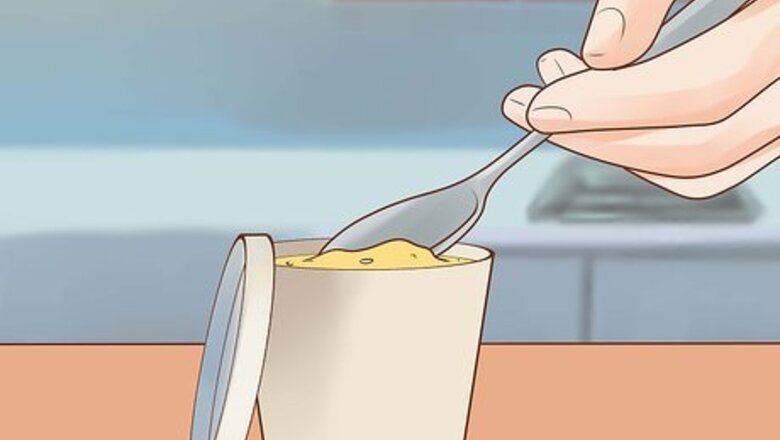
views
X
Trustworthy Source
Mayo Clinic
Educational website from one of the world's leading hospitals
Go to source
The good news is that many of the same practices that help prevent yeast infections under normal circumstances can also protect you when you're taking antibiotics. Experts note that making some dietary changes, having good hygiene, and wearing the right clothes can all help prevent the conditions that cause yeast infections to occur.[2]
X
Trustworthy Source
Johns Hopkins Medicine
Official resource database of the world-leading Johns Hopkins Hospital
Go to source
Making Dietary Changes

Try eating plain yogurt. Eating yogurt is known to be so helpful in the prevention of yeast infections that many doctors advise their patients to stop by the grocery store after picking up their antibiotics prescription. That's because yogurt contains Lactobacillus acidophilus, a bacteria that lives in the vagina and keeps the chemistry there balanced. Lactobacillus acidophilus gets depleted by antibiotics, and eating yogurt restores it and helps to prevent the growth of Candida albicans - yeast. When you buy your yogurt, check the label to make sure it contains Lactobacillus acidophilus in the ingredients list. Not all commercially-manufactured yogurt has it, but most brands of plain yogurt do. Kefir can also contain beneficial bacteria. For best results, eat one or two servings of yogurt every day when you're on antibiotics. It doesn't hurt to continue eating plenty of yogurt when you're finished taking them, either, since antibiotics are just one culprit leading to yeast infections.

Eat fermented foods. Yogurt may be the most popular choice when it comes to replenishing healthy bacteria, but it's far from the only one. Fermented foods like kimchi, sauerkraut, kombucha, and fermented tea, and more also contain probiotics, the living organisms our bodies need to stay healthy and balanced so that yeast doesn't grow out of control. Because probiotics also help to regulate your digestive system, there are many manufacturers have added them to products in which they wouldn't naturally occur. Cheese, juices, cereal and granola bars enhanced with probiotics can be found in grocery stores. Take probiotics supplements as an alternative. If you're not a big fan of yogurt or sauerkraut, you can pick up a bottle of probiotics supplements instead. These contain the same healthy bacteria as yogurt, this time in the form of pills. Take the recommended dosage throughout the course of your antibiotics treatment.
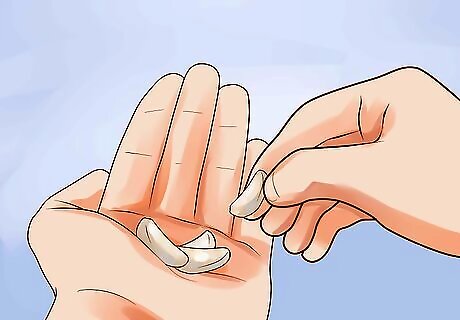
Try garlic. Garlic has antifungal properties that help destroy the yeast that leads to infections. Eating plenty of garlic while you're on antibiotics could help keep an infection at bay. Taking garlic supplements is another way to go, and keeps you from having garlic breath for days on end. Some women apply the garlic directly to the vagina when they feel the beginnings of an infection coming on. To try this, wrap a peeled clove of garlic in a small piece of cheesecloth. Tie it off, leaving a tail on the end. Insert it in the vagina with the tail hanging outside the vagina for easy removal. Leave it in for a few hours or overnight, then discard.
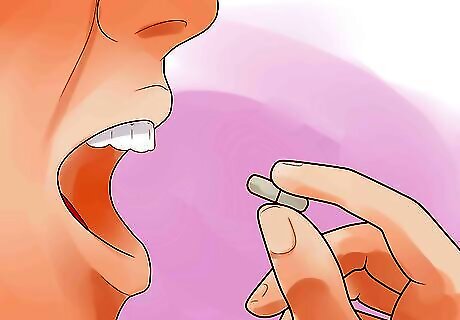
Take probiotic or goldenseal supplements. Certain supplements might help to ward off yeast infections, too. Probiotic supplements will boost your overall immune system and gut health, for example, while goldenseal is another natural remedy that many have found helps prevent yeast infections. Before taking this or any other herbal supplement, check with your doctor to make sure it's ok to take it with your other medications.
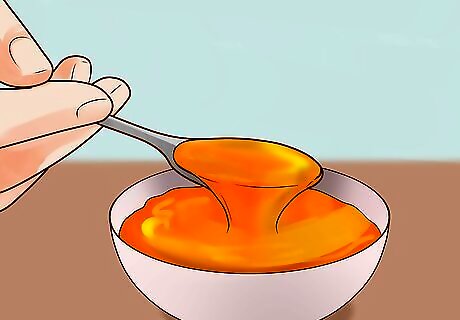
Limit your sugar intake. Increased sugar levels can cause extra yeast growth. Avoid foods or soft drinks that are high in sugar. Stick with fruit and raw honey if you need something sweet.

Consider avoiding foods fermented with yeast. There is limited evidence to support the notion that alcoholic beverages, breads and other foods made with yeast can lead to yeast infections. It won't hurt to limit your intake of these, but it may not necessarily help.
Rethinking Your Lifestyle
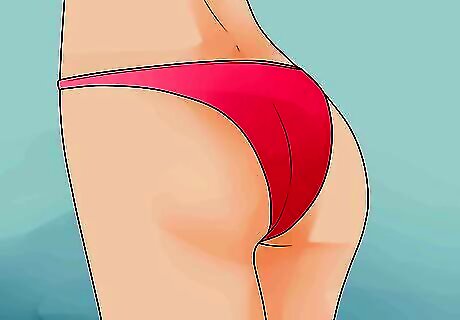
Wear cotton underwear. Cotton is a breathable material that will prevent extra moisture from collecting. If you love satin and lace underwear, consider changing it out for cotton while you're on antibiotics. If you must wear pretty lingerie, make sure it has a cotton liner.
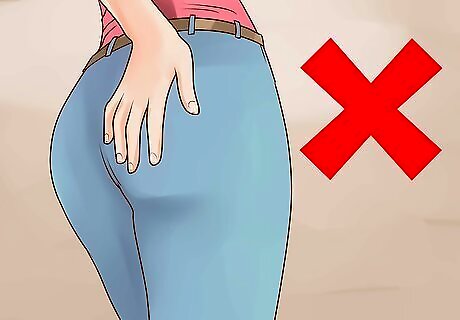
Avoid wearing tight, sweaty, or wet clothing. Tight pants, pantyhose or elastic undergarments, or materials that don't allow air to circulate around the vaginal area, can cause the area to stay moist - perfect conditions for the growth of yeast. Change out of these clothing to stay dry and help prevent an infection. Wear looser styles as opposed to skinny jeans. Choose a dress or a skirt when possible. Wear loose workout clothing instead of tight workout pants. Change out of a swimsuit and into dry clothes as soon as you can after swimming. The same goes for sweaty gym clothes after a workout.

Use condoms during sex. Semen has a different pH than the inside of the vagina, so having sex without a condom can throw things out of balance. If you're willing to change things up while you're on antibiotics, consider using condoms for awhile.
Practicing Good Hygiene

Avoid douching. Even when you're not on antibiotics, douching can lead to conditions in the vagina that promote yeast growth. Douches usually contain chemicals that kill off that good bacteria and leave room for the bad stuff to take over. Douching can also change the pH level in the vagina. Instead of douching, wash with warm water only. Avoid using harsh soaps or body washes.

Avoid using perfumes or feminine sprays. Products with added scents can cause irritation. Don't put perfumes and sprays on your vagina. If you absolutely must add a scent, use a spray made from water and a gentle essential oil, such as a few drops of lavender.

Use unscented pads instead of tampons. Tampons can encourage the growth of extra yeast. If you have your period while you're on antibiotics, switch to pads. Just make sure they're unscented, since a chemical-based perfume might irritate your vagina.

Wipe yourself thoroughly after using the restroom. Wipe from front to back to avoid any transfer of bacteria from the anal area to the vagina, which can encourage infection. Make sure your vaginal area stays clean and dry.

Use only unscented, white toilet paper. Dyes and fragrances applied to your vagina can lead to the growth of yeast.


















Comments
0 comment